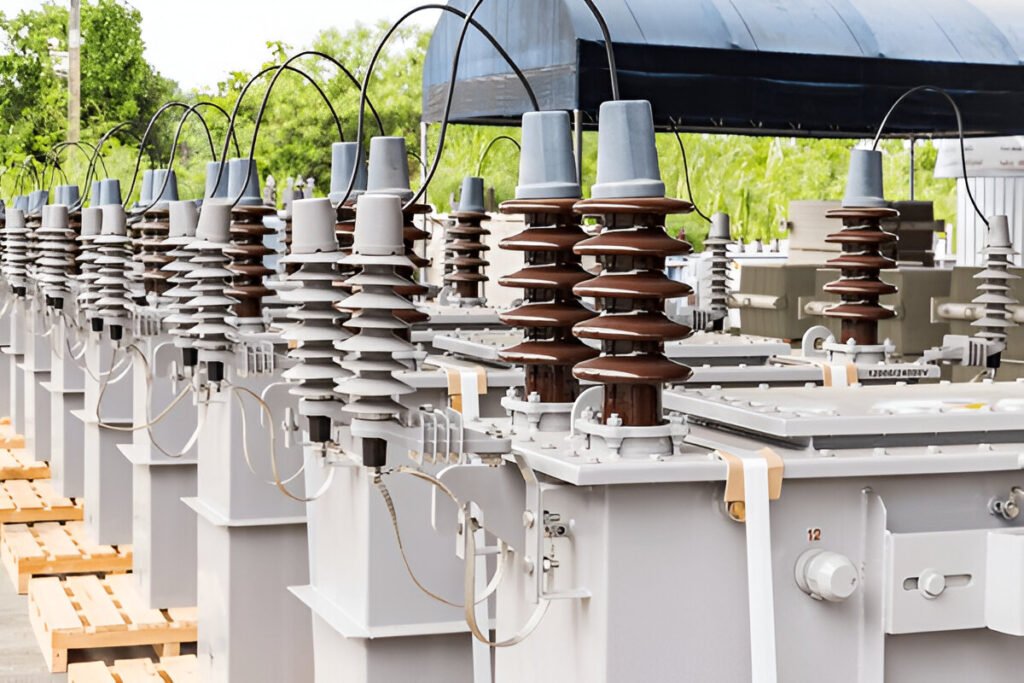What Is an Amorphous Core Transformer
Discover the unique properties and applications of amorphous core transformers, a specialized type of electrical transformer.
Read More
Current Sensing Power (CSP) transformers are specialized devices used to monitor and protect electrical equipment. By accurately measuring current flow through power lines, CSP transformers enable fault detection and rapid system shutdown to prevent damage. This article explores the internal workings, protection mechanisms, advantages and disadvantages of CSP transformers.

A current sensing power (CSP) transformer is a type of instrument transformer designed to provide a scaled-down replica of the current flowing through a power line. CSP transformers consist of a magnetic core with a primary winding that carries the line current and a secondary winding that outputs a proportional current for measurement and protection purposes. The primary winding typically has only a few turns or may be a single conductor passing through the transformer’s aperture.
The operating principle of a CSP transformer is based on Faraday’s law of electromagnetic induction. When an alternating current flows through the primary winding (or conductor), it creates a time-varying magnetic flux in the transformer core. This magnetic flux induces a voltage in the secondary winding that is proportional to the rate of change of the primary current.
The secondary winding of a CSP transformer has many more turns than the primary, resulting in a stepped-down current on the secondary side. This allows the use of standard metering and protection devices designed for lower currents. The ratio of the primary current to the secondary current is known as the transformer’s turns ratio or current ratio.
CSP transformers incorporate several protection mechanisms to ensure safe operation and prevent damage to the transformer and connected equipment under fault conditions.
A lightning arrestor, also known as a surge arrester, is connected across the primary winding of the CSP transformer. Its purpose is to protect the transformer from high-voltage transients caused by lightning strikes or switching surges. When the voltage exceeds a certain threshold, the arrestor conducts, diverting the surge current to ground and limiting the voltage across the transformer windings.
The current sensing weak link is a fusible element connected in series with the primary winding of the CSP transformer. It is designed to melt and open the circuit when the primary current exceeds a predetermined value, typically due to a short circuit or overload condition. This protects the transformer and downstream equipment from damage caused by excessive currents.
A low voltage breaker is connected on the secondary side of the CSP transformer. It monitors the secondary current and trips open if it exceeds a preset threshold, indicating a fault condition on the primary side. The breaker isolates the faulty section of the power system, preventing the fault from propagating and causing widespread damage.
CSP transformers offer several advantages over other types of current transformers:
Despite their many benefits, CSP transformers also have some limitations: